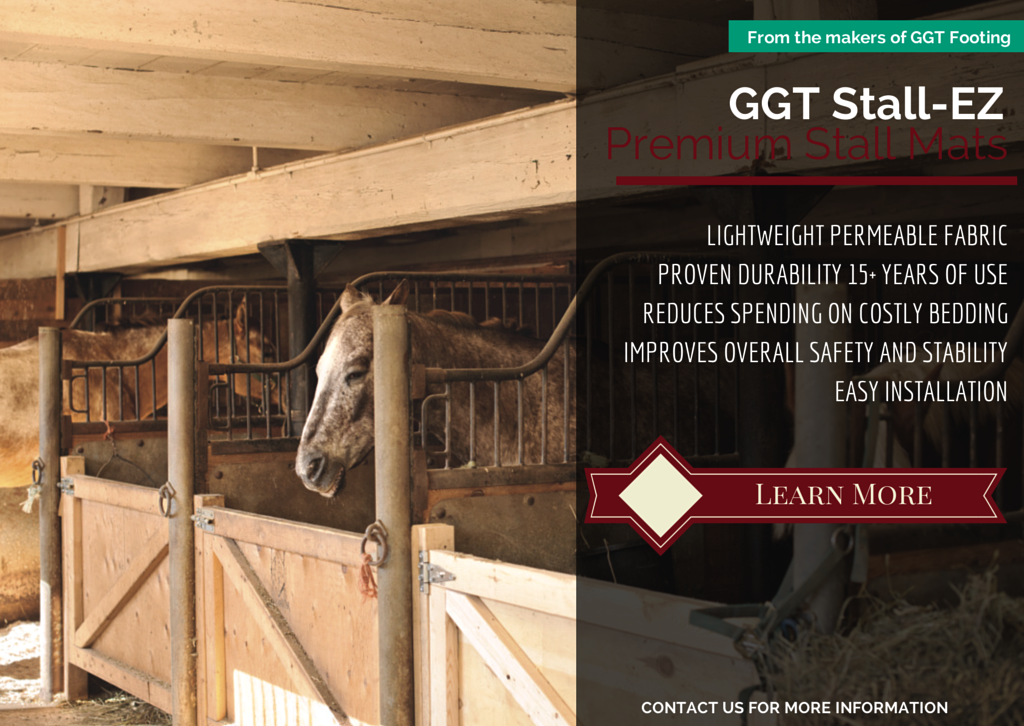Choosing sand for your riding arena footing is an important step that goes beyond aesthetics. Riding arena footing must provide the proper stability, support and cushioning for the equine athletes traversing it daily, while at the same time, providing adequate drainage to prevent the arena from turning into a muddy swamp. Sand, a time-tested footing, offers both traction and drainage for a riding arena. When mixed with fiber-based footing materials such as GGT, it offers the best combination for durable, effective footing.
Not All Sand Is Created Equal
There are several types of sand available. The least expensive types of sand include manufacturing sand, which is the byproduct of manufacturing, and river sand. Manufacturing sand varies in quality and may be mixed with other materials, forming an unattractive base that may be prone to dust or mud. River sand consists of smooth, rounded particles. These particles slip and slide under a horse's hooves and may make your arena slippery.
The best type of sand for riding arenas is quartz/silica sand, also called glacial sand. It's a natural product that offers traction, cushioning and drainage. The grains are uneven, which helps improve the 'grip' between hooves and footing necessary for high-speed events such as jumping, roping, and barrel racing. While glacial sand is more expensive than other types, it is worth the initial investment.
How Much Sand Is Needed?
How much sand your riding arena will need depends on whether or not you're adding sand alone or mixing sand with other materials such as GGT. Talk to your contractor to determine the exact amount needed and the costs. A clay base under the sand creates a firm, even footing. Sand can be graded with a gentle slope to allow water to run off from the center of the arena. This prevents wet spots from forming in the arena. Wet spots decrease the available space for riding and, over time, can erode, causing unsightly and even dangerous potholes to form. Most all-purpose riding arenas require four inches of sand spread across the arena surface, or slightly less if mixing it with another substance.
Sand is more than meets the eye. Choosing the right sand for your riding arena is an important decision. Take your time and talk to your contractor about the pros and cons of sand alone or sand and synthetic footings.
(Source)


